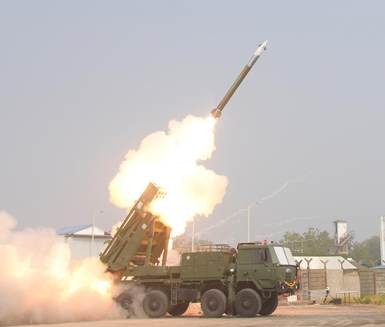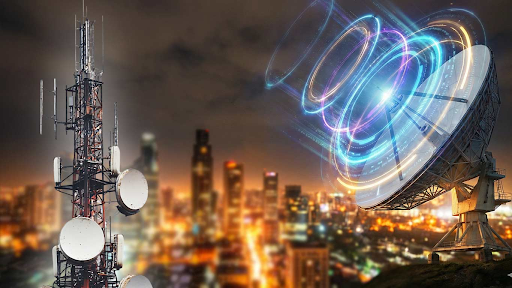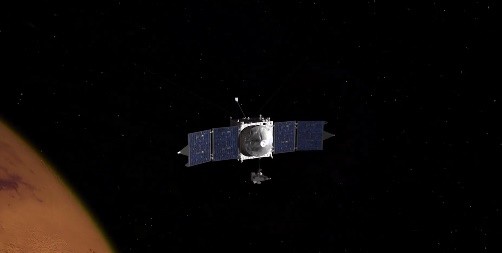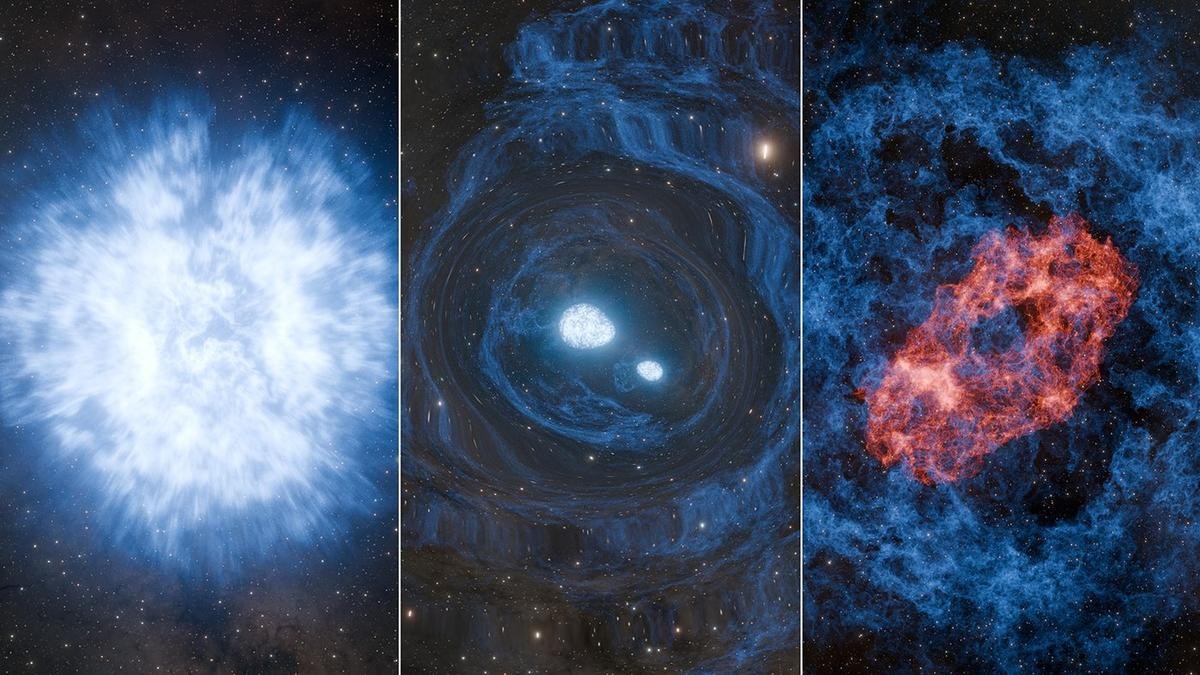



Kosmos 482, a failed 1972 Soviet Venus mission, is expected to re-enter Earth’s atmosphere around May 10, 2025, after orbiting for over 50 years. Originally part of the Venera programme, it highlights risks of uncontrolled space debris, similar to Skylab and Tiangong-1’s past reentries.

Copyright infringement not intended
Picture Courtesy: TIMES OF INDIA
Soviet-era spacecraft Kosmos 482 expected to make uncontrolled reentry to Earth around May 10, 2025.
A Soviet-era spacecraft known as Kosmos 482, launched in 1972 as part of the USSR's Venera programme, is expected to make an uncontrolled reentry to Earth around May 10, 2025.
This spacecraft, originally designed to land on Venus, has been orbiting Earth for over 50 years following a rocket malfunction that prevented it from reaching its intended destination.
Space debris experts are monitoring its collapse, though the exact reentry location remains unpredictable.
It was an ambitious series of Soviet space missions designed to explore Venus. Achievements of this program:
The Venera landers featured:
Uncontrolled reentries of space objects have occurred throughout the history of space exploration:
Must Read Articles:
Source:
|
PRACTICE QUESTION Q. Critically examine how space debris poses a threat not only to satellites but also to future interplanetary. 150 words |









© 2026 iasgyan. All right reserved